Our MP3 files can be freely streamed or downloaded free to your favorite device from our SoundCloud channel, from Pocketcasts, Spotify, our free Amazon Audible stream, YouTube podcasts and Apple Podcasts. Listen: Viewing Highlights Both morning & Evening skies are good for planets Evening Skies: Mars is very low in NW skies setting about an hour after sunset. Mercury is above Mars also down in the Sun’s glare. Mercury and Mars are 1° apart on 13 November Saturn is high in the NE, the rings are almost edge on, but becoming more obvious over the next few years until they reach maximum tilt again in 2032. Uranus, high near Pleiades, binocular viewing. Morning Skies: Jupiter (and its 4 Galilean moons) is always beautiful to look at, and can be seen for about 4 hours from about 2am till sunrise Comets: C/2023 R2 Swann – currently in Aquarius, fading, about Mag 5.6, high in evening skies, binoculars C/2025 A6 (Lemmon) – Magnitude 4, near horizon, so difficult. Leonid Meteor shower will be quite poor this year, despite the absence of the moon ☹ Astrophotography Challenge 1. Take photos of the moon at apogee and at perigee using the same camera settings to measure the difference in the moon’s apparent size when it is at its closest and furthest from earth 2. Capture the Lunar X Ian’s Tangent Comet Atlas is being misrepresented by ‘conspiracy theorists’ on social media who claim, without a shred of evidence, that Comet Atlas is an “Interstellar Spacecraft reversing its thrust” There is a long history of comets inducing panic and fear in humans. Sad. Next Episode: Our next episode, coming as soon as I finish the edit … features Dylan Grigg, a fabulous PhD from Perth in Western Australia. Dylan has been doing amazing work that impacts on the effectiveness of every radio telescope on the planet. He has revealed the presence of unintended radio frequencies leaking from the tens of thousands of low earth orbit satellites above us , and these leaking frequencies are threatening to drown out the very faintest of frequencies that tell us what was happening at the very dawn of time. This is important work, and it was great to speak with Dylan. You’ll enjoy his stories! See ya soon
Show More
Show Less
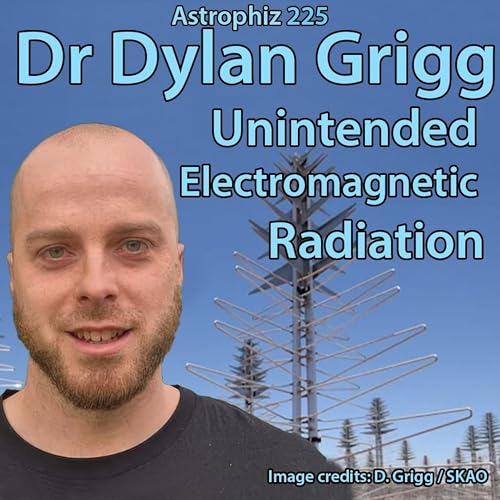 Nov 12 202533 mins
Nov 12 202533 mins Oct 31 202528 mins
Oct 31 202528 mins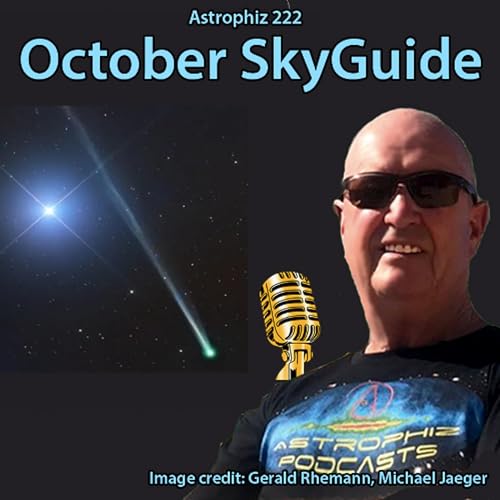 Sep 28 20257 mins
Sep 28 20257 mins Sep 27 202545 mins
Sep 27 202545 mins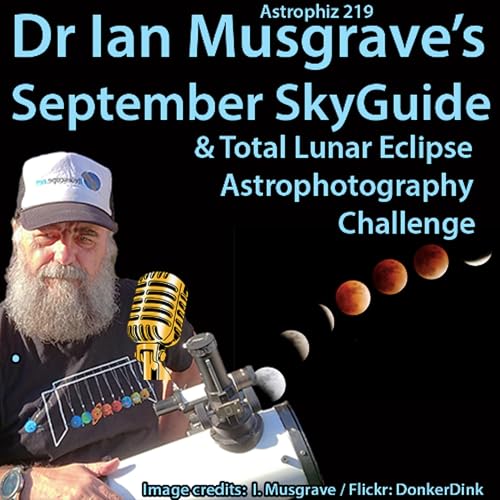 Sep 1 202530 mins
Sep 1 202530 mins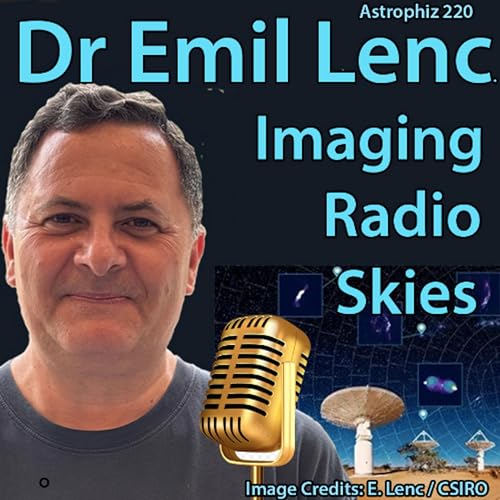 Aug 14 202551 mins
Aug 14 202551 mins Jul 30 202525 mins
Jul 30 202525 mins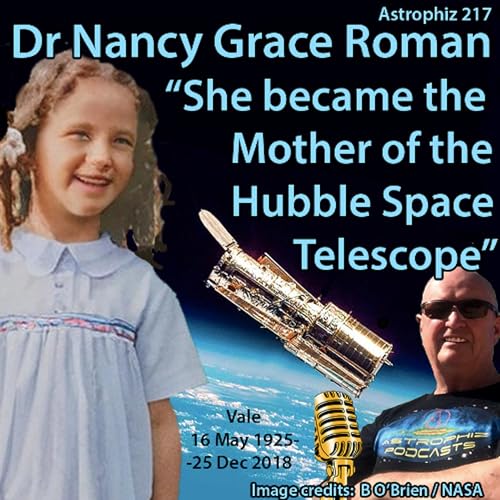 Jul 14 202531 mins
Jul 14 202531 mins
